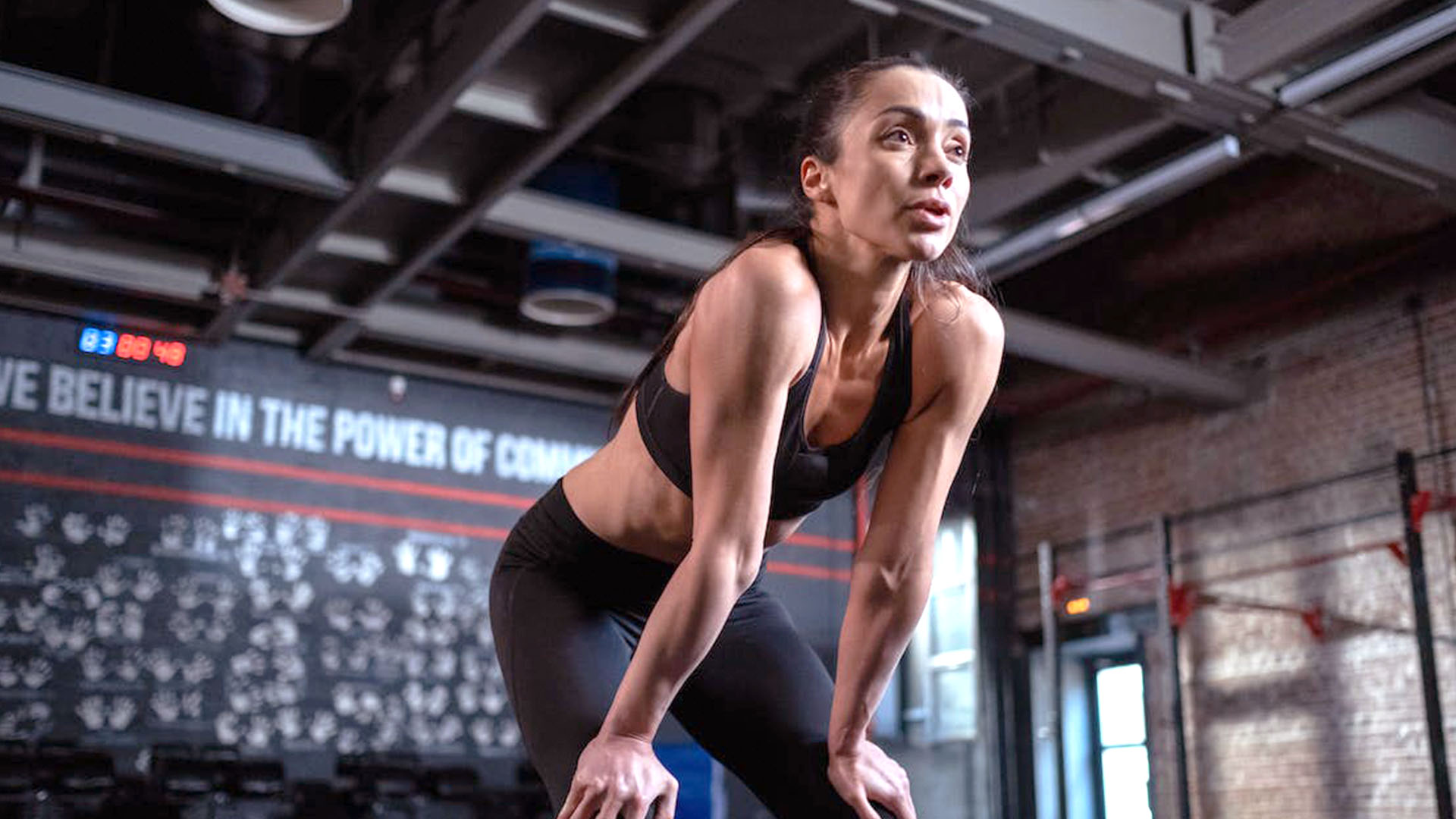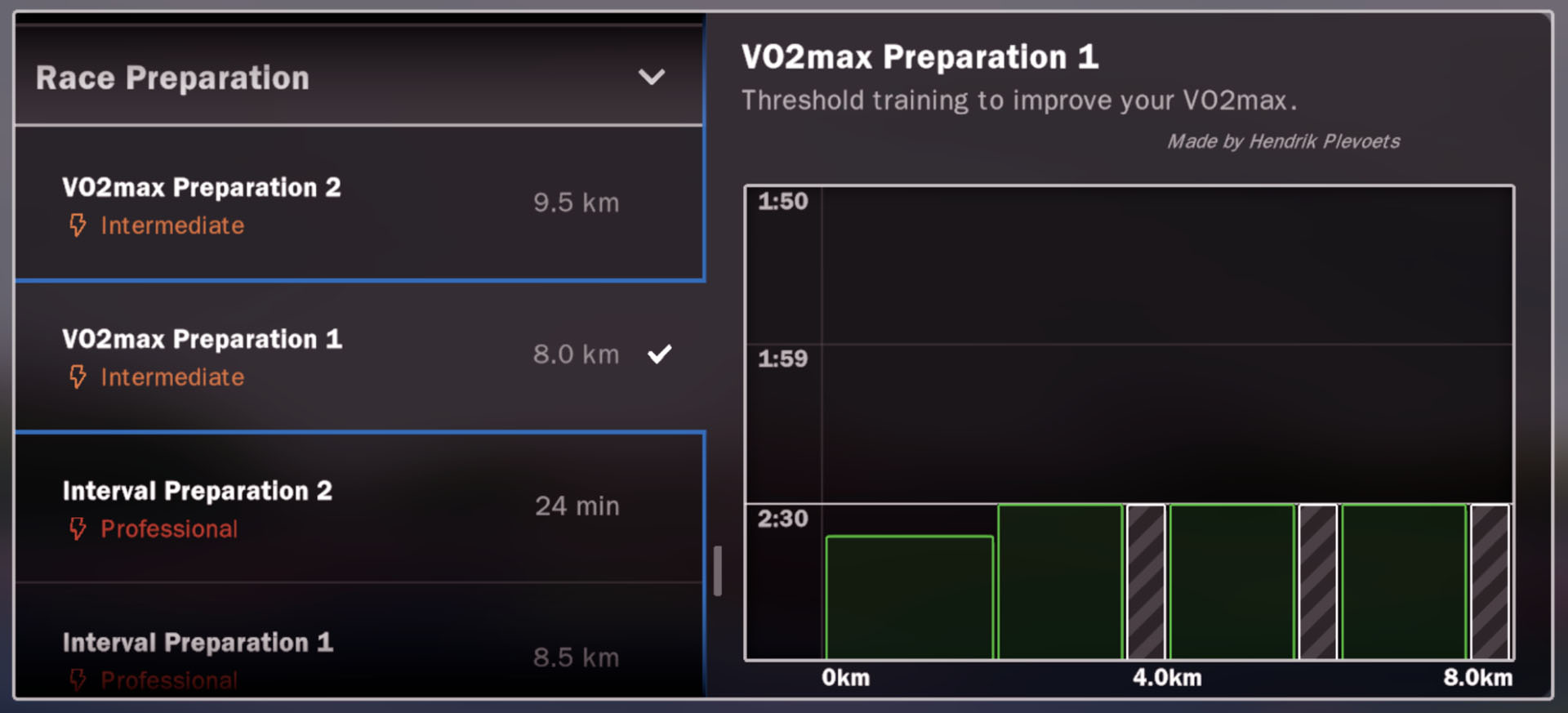Coach corner: Crack the code of VO2max (part 1)

read
Do you want to strategically improve your performance, but feel stuck because you don’t know where to start? Worry no more, because Coach Hendrik is here to help and guide you! In this 2-part series of EXR Blog articles, he challenges you to work on your VO2max — a factor that can both limit and boost your performance.
In this first part, Coach Hendrik gives you insights into the physiological context of VO2max. He further highlights the benefits of VO2max and introduces the ways you can work on improving it. In the second part, he gives workout examples and reveals which specific exercises help you beat your personal records.
Hey there, it's Coach Hendrik, the man behind the success of ex-indoor rowing world champion Ward Lemmelijn and the creator of lots of pre-made EXR workouts. Having spent years coaching top-tier athletes, I've witnessed firsthand the myriad of questions and challenges that crop up on the path to becoming a better rower. And one of the biggest hurdles? VO2max. It's time to tackle this beast head-on. So, are you ready to dive into the topic, soak up some expert knowledge and unleash your full rowing potential? Let's get started!
1. Definition: What is VO2max?
I know, VO2max sounds scarily scientific. However, the abbreviation VO2max is easy to understand when you dissect it into its compounds. The V stands for volume of O2, meaning oxygen and the max stands for maximum. So VO2max describes the maximum volume of oxygen an athlete can absorb measured per minute.
To better grasp the meaning of VO2max, imagine your muscles being an engine for which oxygen serves as fuel. The more fuel is available, the greater the engine’s capacity to work hard and produce a high output. This means that the more oxygen your body is capable of absorbing, the better your performance. In short, a high VO2max indicates a very efficient oxygen-based, so-called aerobic energy system, leading to outstanding results.

When referring to VO2max, we distinguish between relative and absolute VO2max. Relative VO2max relates to the milliliters of oxygen consumed in one minute per kilogram of body weight (ml/kg/min). In rowing, we prefer to use the absolute VO2max value which is the number of liters of oxygen absorbed per minute (L/min). It indicates the total volume of oxygen that an athlete can consume during intense exercise, regardless of their body weight. For example, men who want to become international heavy-weight rowers need to aim for an absolute VO2max of 6L/min.
2. Physiology: What happens in the body?
To better understand the meaning and impact of VO2max on your fitness, I want to break down the physiology of your respiratory and circulatory system. This might sound overwhelming, but it’s actually easy to understand when you follow the path of an oxygen molecule through your body.
First of all, you breathe in the oxygen molecule, so it enters through your mouth or nose. The molecule travels to your lungs and from there further into your body to the alveoli. The alveoli are surrounded by capillaries with deoxygenated blood containing 75% oxygen. In comparison, oxygenated blood contains 97% oxygen. Due to the concentration difference, diffusion happens and the oxygen and carbon dioxide gasses exchange. Via capillaries, the oxygen molecule moves into the blood and it binds to hemoglobin. Then, it’s pumped through the heart to all of your organs, tissues and muscles that need oxygen to work. Subsequently, the oxygen molecule is used for the oxidation of the energy-giving pyruvate molecules in the mitochondria, resulting in aerobic respiration. This process efficiently generates the energy your body needs to tackle whatever task is at hand. Regarding training your VO2max, this means that your body becomes more efficient at utilizing oxygen, allowing you to perform physical tasks with greater endurance and effectiveness.
3. Factors influencing VO2max
As much as I’d love to tell you that discipline and a good workout regimen are the only factors holding you back from greatness, I have to admit that there are a few predetermined factors that might limit your growth. Yes, you can improve your VO2max through training. But keep in mind that individual characteristics like your age and genetics also play a role when it comes to competing with world-class performances. Nevertheless, I’m convinced that with the right training and a well-balanced diet, you’re always able to enhance your VO2max and reach a new personal best.

Before starting hardcore VO2max workouts, you should get to know your baseline. Knowing your untrained VO2max helps come up with a personalized workout plan and set realistic goals. To figure this out, you need to take a VO2max test. For example, Ward takes a VO2max test where he breathes into an oxygen mask about 2-3 times per year at the local university’s sports lab.
When tackling your VO2max, it’s important to specifically train your cardiorespiratory system because it can be the bottleneck regarding oxygen transport. Through sometimes nerve-wracking endurance exercises, you can train your heart muscle and your respiratory muscles to perform at top levels over long periods. So let’s talk about the variables that I focus on to boost your cardiorespiratory system.
There are two key variables I want you to improve: your hemoglobin mass and the density of the mitochondria in your cells. These variables relate to the various elements of VO2max such as the body’s oxygen extraction and pulmonary function. Improving these variables is hard work and might even sound too challenging to older rowers who already struggle with keeping fit. But if you’re committed, you can book great improvements even at a later age and beat your personal best!
4. Types of workouts to improve your VO2max
The question “What workouts do I need to follow to improve my VO2max?” is short but I could write a whole book about its answer. To keep things simple, I’d like to give you an overview of the different kinds of training I use to boost my athletes’ VO2max. It's a very interesting topic which I’ll tell you more about in part 2 of my Blog posts.
As I mentioned earlier, one variable to tackle is your hemoglobin mass. To reach our goal of an increased hemoglobin mass, I’d expose you to heat and altitude training. Sounds tough but it’ll be worth it. Just remember, the bigger your hemoglobin mass, the better the oxygen transport and the more amazing your results.
Another variable we’d need to work on is the density of your mitochondria. To increase their density, I’d make you spend as much training time as possible above 90% VO2max while only putting in minimum effort. Trust me, this one is an ambitious undertaking. There are various training methods you can employ. For example, one strategy is to challenge you with short and long High-Intensity Training throughout the year. With professional athletes, I even regularly apply block periodization, a workout style that truly pushes them beyond their boundaries to create a kind of shock effect in the field of VO2max training. For rowers, there’s evidence that short HIT sessions are more efficient, which is why I prefer to use them.
Do you want to start improving your VO2max? Good news: EXR has lots of VO2max workouts created by yours truly. For example, select the Race Preparation workouts to train the efficiency of your mitochondria and boost your endurance.

I hope this first part of my EXR Blog series on VO2max piqued your interest. All in all, VO2max is the ultimate game-changer that can either propel you to peak performances or hold you back. But rest assured that with sufficient and tailored training, you’ll book big improvements which will reflect in your splits and overall fitness. Are you curious about the second part? In next month’s EXR Blog post, I will address specific workouts I recommend to improve your VO2max.
Sources:
- Bassett, D. R., Jr, & Howley, E. T. (2000). Limiting factors for maximum oxygen uptake and determinants of endurance performance. Medicine and science in sports and exercise, 32(1), 70–84. https://doi.org/10.1097/00005768-200001000-00012
- Dudley, G. A., Abraham, W. M., & Terjung, R. L. (1982). Influence of exercise intensity and duration on biochemical adaptations in skeletal muscle. Journal of applied physiology: respiratory, environmental and exercise physiology, 53(4), 844–850. https://doi.org/10.1152/jappl.1982.53.4.844
- Granata, C., Jamnick, N. A., & Bishop, D. J. (2018). Training-Induced Changes in Mitochondrial Content and Respiratory Function in Human Skeletal Muscle. Sports medicine (Auckland, N.Z.), 48(8), 1809–1828. https://doi.org/10.1007/s40279-018-0936-y
